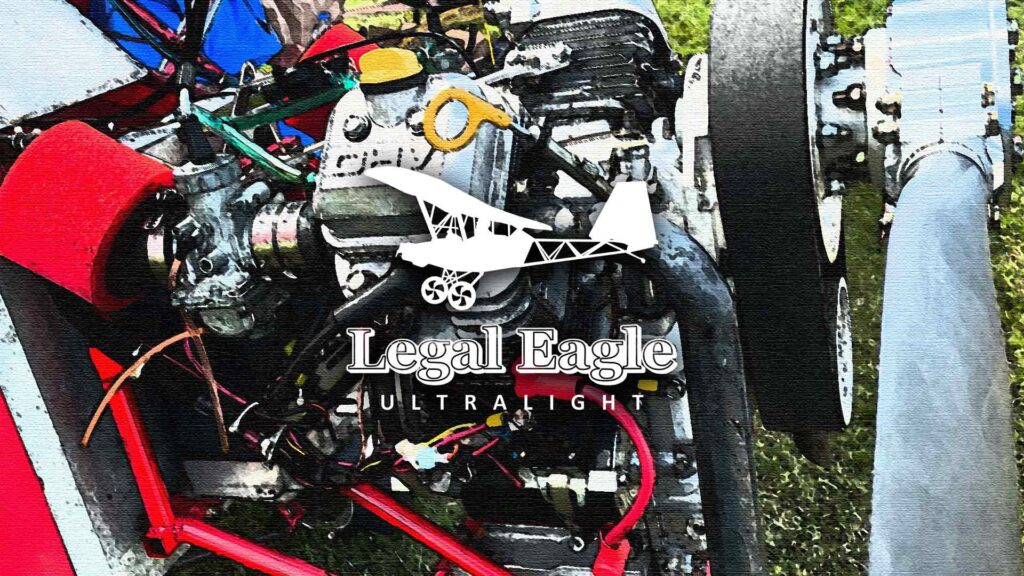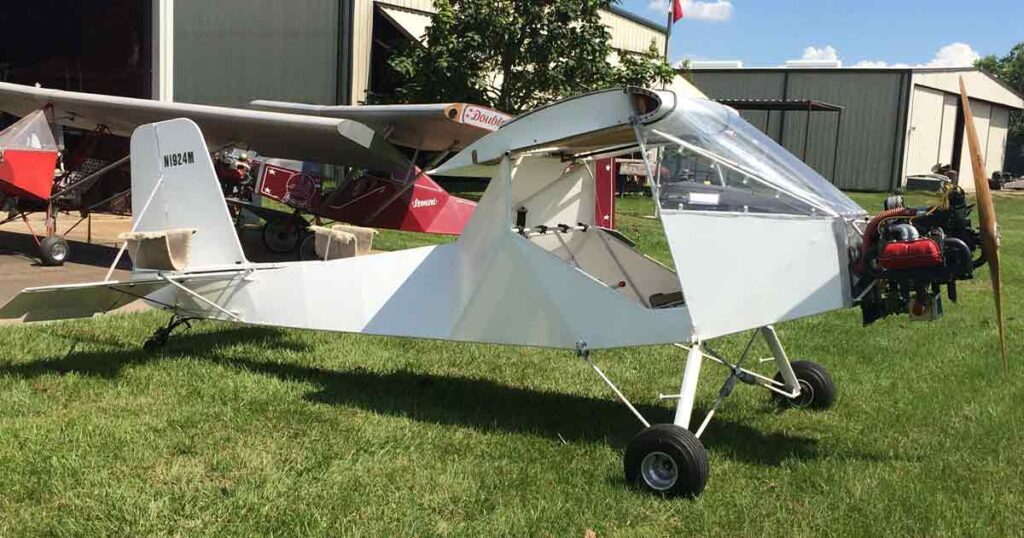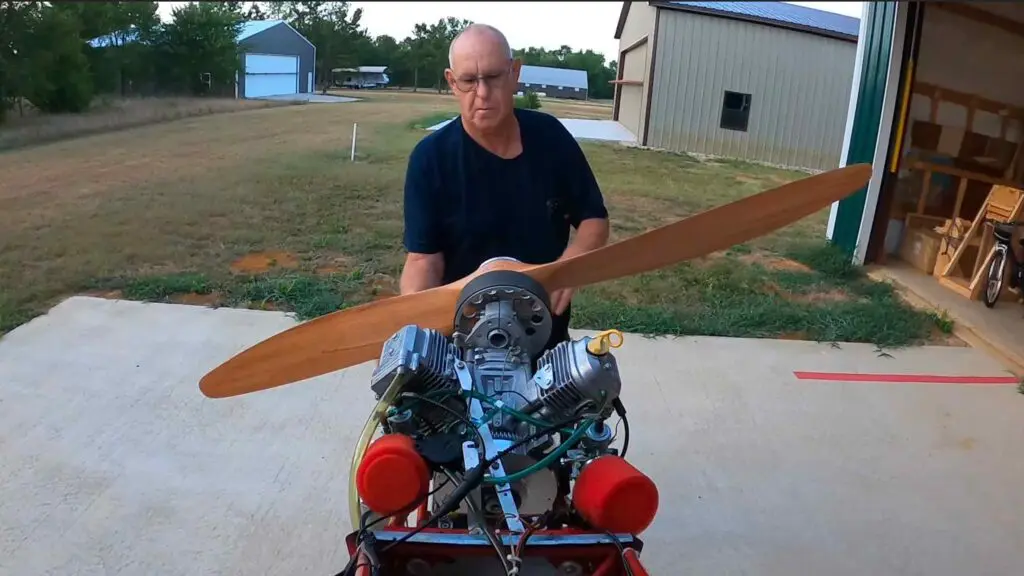Compression Leak-Off Test
I explained to my Daughter how a compression leak-off test was used to troubleshoot an engine’s cylinders. She asks me, why don’t you put that on the Builders page? So here you go.
The old timers know this and have been using this test for decades. Some of you may not have heard of this very useful test.
How to perform the compression-leak-off-test
The idea is to apply air pressure in the cylinder you are testing and listen to where the leak is coming from. You will need an air compressor and two gauges of about 150 pounds each. The gauges are mounted on a manifold with a restriction between them. One gauge reads the air you apply to the cylinder you are testing (I use eighty pounds), and the other gauge reads how much air the cylinder will hold. The higher the second gauge reads, the better things are in that cylinder.
A fitting for the spark plug hole can be made from an old spark plug. Remove the porcelain and add an air hose fitting. I made one like this and have been using it for many years.
Flexible hoses are a must here. Air conditioner test hoses work great.
Apply air to the cylinder while the piston is at the top dead center and listen. (Hold on to the propeller while doing this)! When air leaks from the exhaust pipe, indicate that you have a problem with the exhaust valve. Air leaking from the carburetor means that the intake valve is at fault. If air from the crankcase indicates, piston rings are leaking.
I built my test gauge set from 1/4” brass pipe fittings and installed a restriction between the gauges. I used a no. 52 drill for the restriction. Of course, you can always buy a gauge set from the aircraft supply houses.
I have not covered any of the things you can do to fix the leaks; that is a blog for another time.
Leonard



